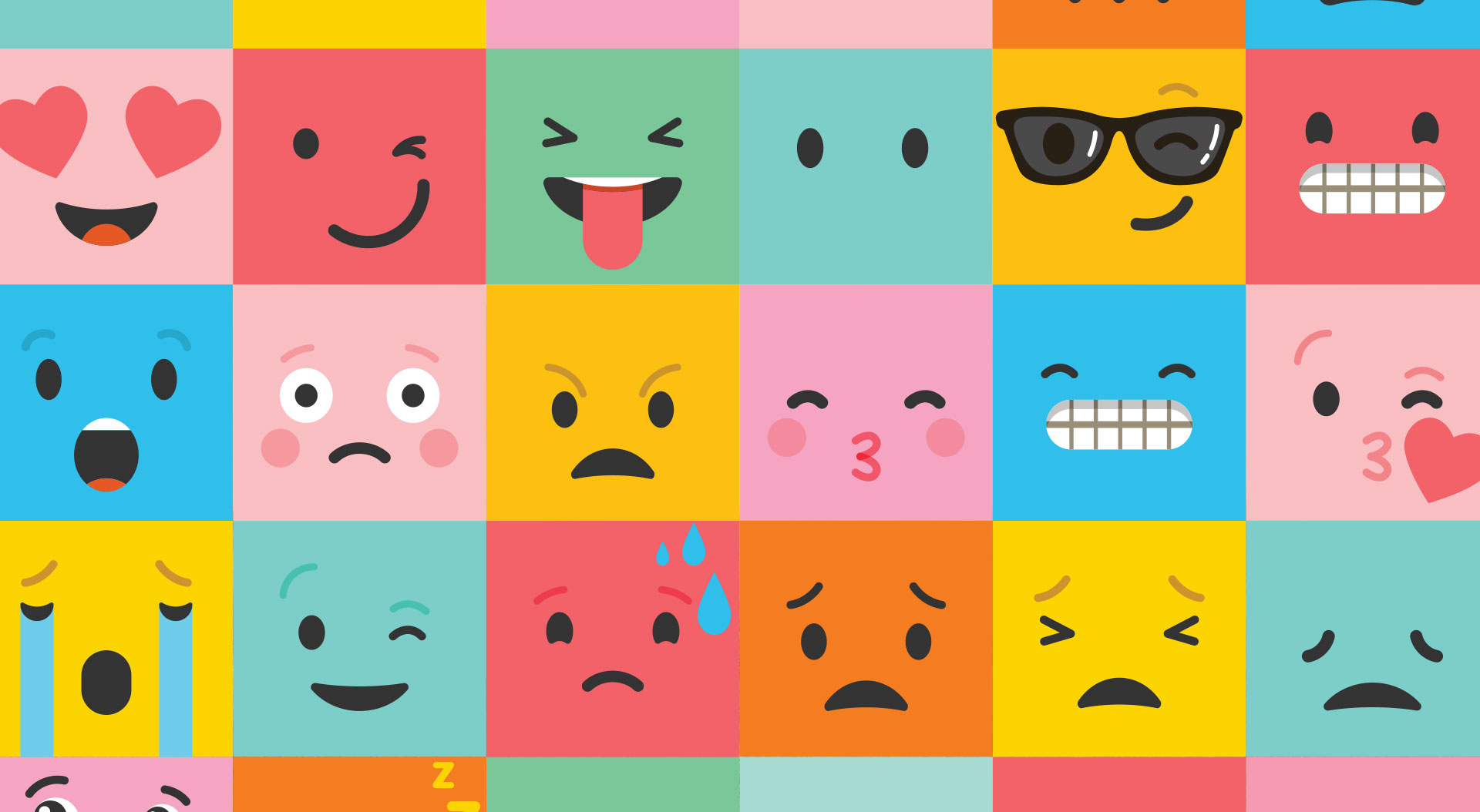What, really, are emotions?
Emotions – we all have them (whether we like it or not!). They come and go throughout every day of your life, but how much do you really know about the purpose of emotions?
Why do we have emotions?
Put simple, emotions are an internal information system. Emotions exist to tell us something – about other people, the world, or ourselves, our likes, our dislikes, what’s positive, what’s safe, what’s dangerous, so on and so forth. Each emotions tells us something different from other emotions, but it tells us the same thing every time. For example, anger tells us there has been an injustice and that something is unfair. Anxiety tells us “DANGER!”. Guilt tells us we have acted outside of our values. Joy tells us that something is positive and good for us.
With this information, emotions help us to navigate the world safely and appropriately. That’s why it’s important that we connect with, and listen to, our emotions. If we are disconnected or avoidant of our emotions, then we may be missing important information. Imagine driving to work with your eyes closed – missing all the important information you need to navigate that drive safely such as stop signs, traffic lights, where the cars are around you. You likely wouldn’t make it to work at all!\
What are emotions made up of?
Emotions have two main elements. First, an emotion is made up of a set of bodily sensations. Our body tells us when we are feeling and emotion (that’s why we call emotions ‘feelings’ – because they are felt). For example, when you feel anxious you might have muscle tension, a tight chest, and an increase in your body temperature. You might also notice changes in your breathing and may become physically restless.
The second part of an emotion is what’s called an action urge. An action urge is simply the urge to behave, act, or respond in a certain way because of the emotion. If emotions are information systems, then we need to do something with that information, such as respond with a behaviour. For example, anger (which tells us there has been an injustice) urges us to fight back against the injustice. Anxiety (which tells us “DANGER!”) urges us to avoid the danger and keep ourselves safe.
So next time you’re noticing an emotion, consider practicing mindfulness to help understand what information that emotion is giving you and what it’s urging you to do.
Author
Dr. David H. Demmer
Director | Clinical Psychologist
Q Psychology

